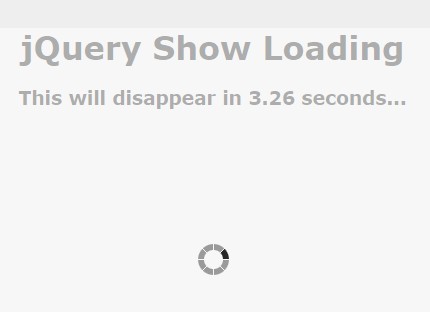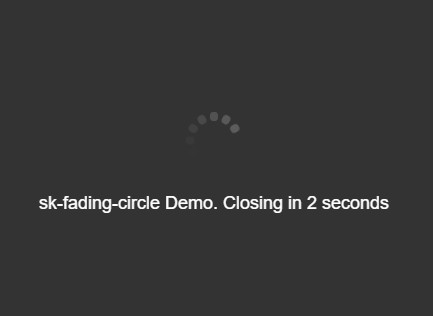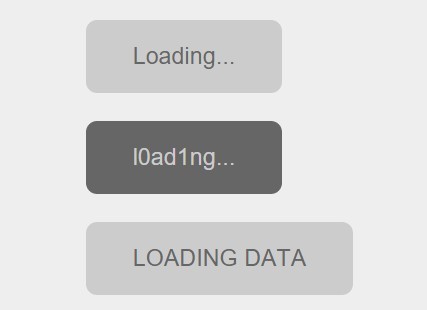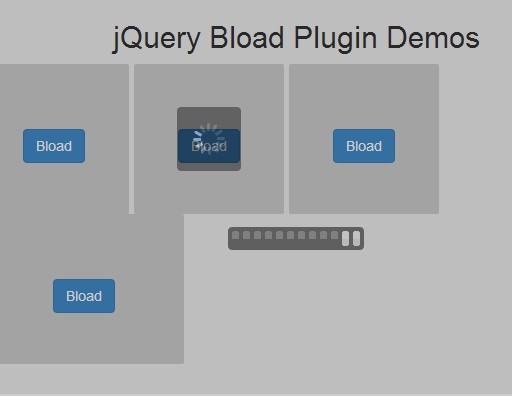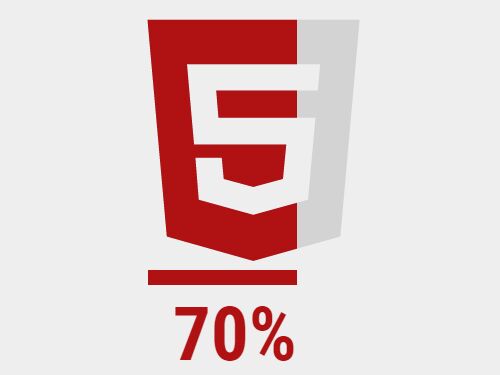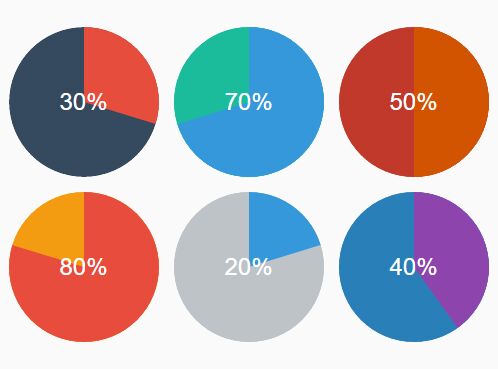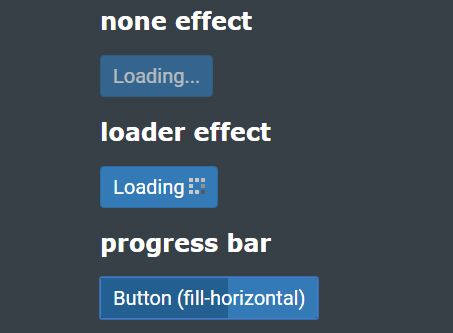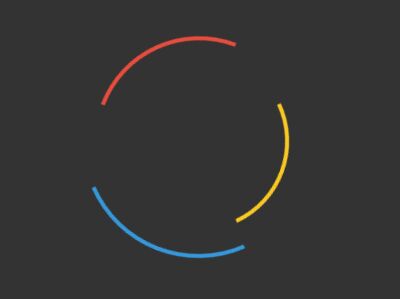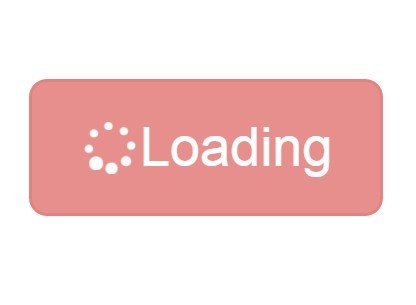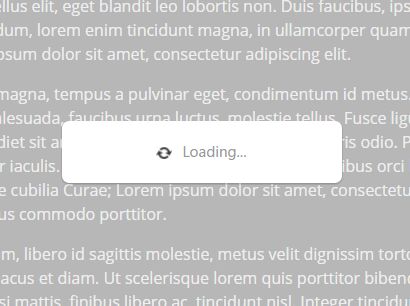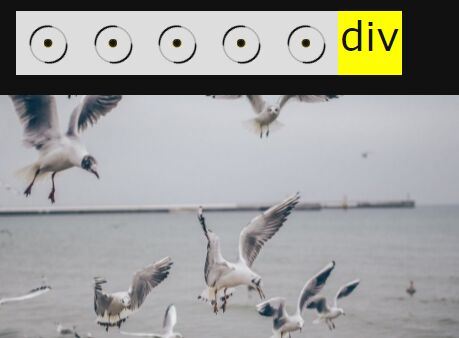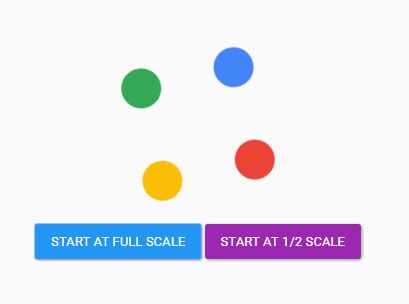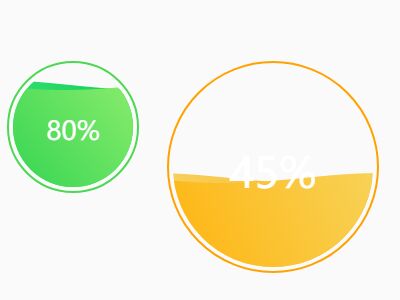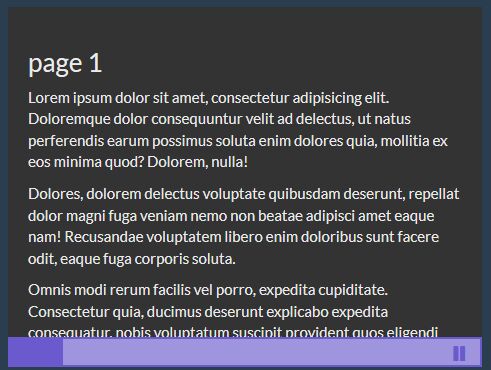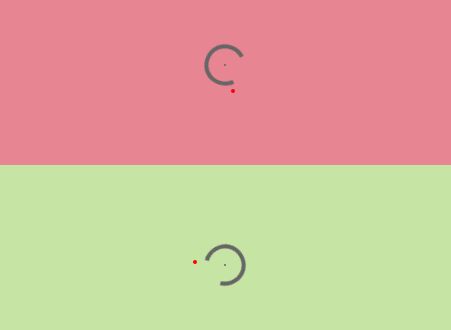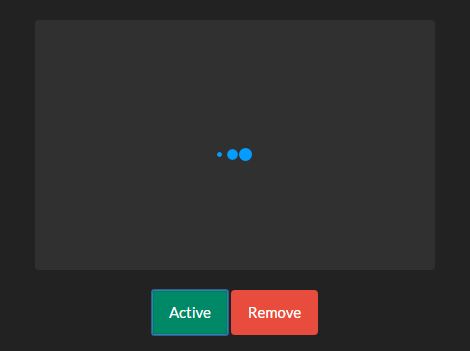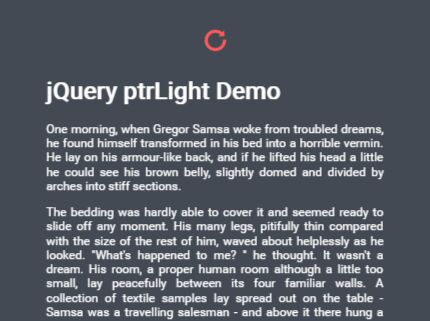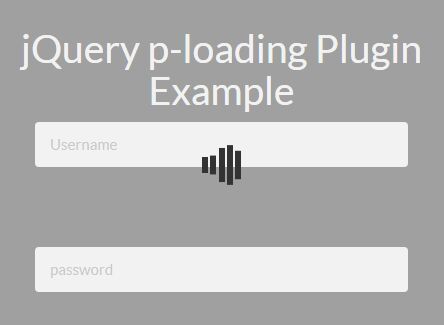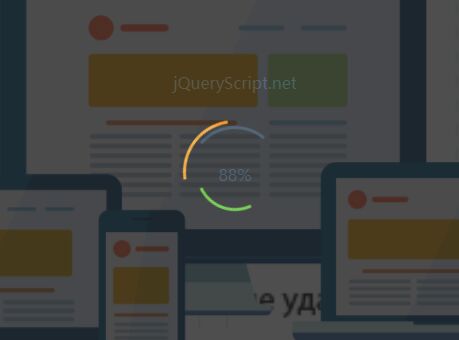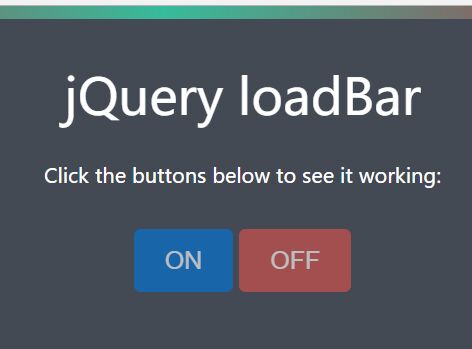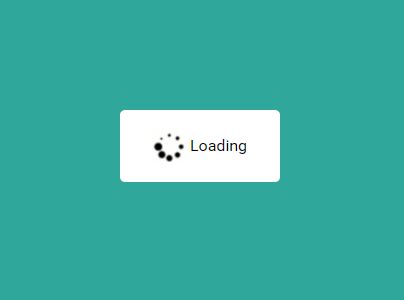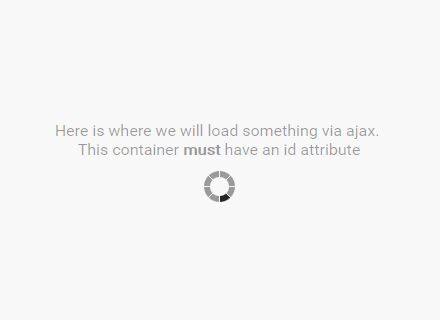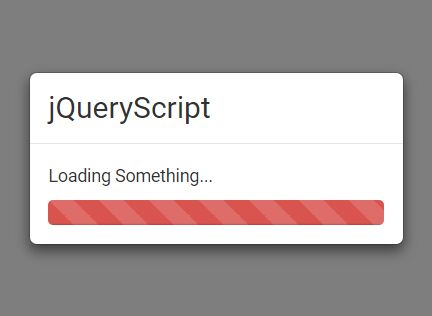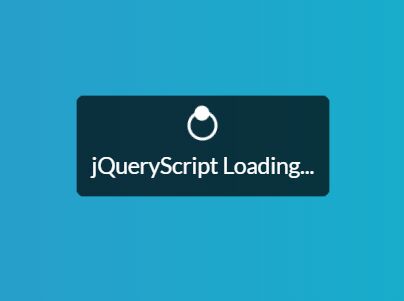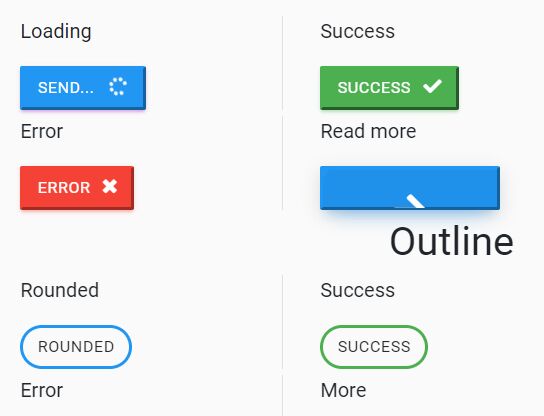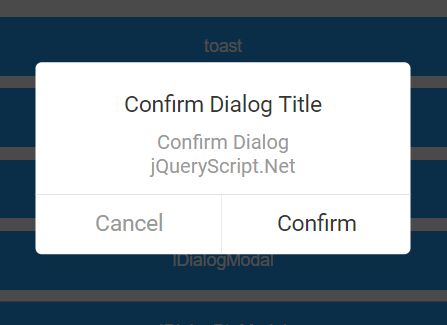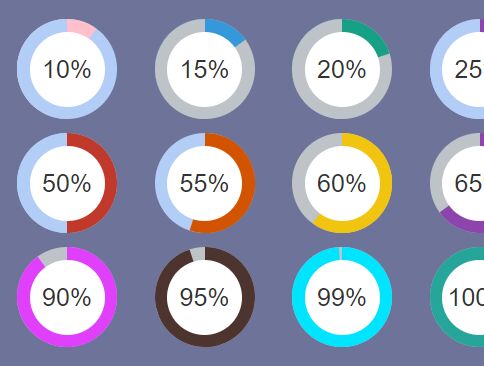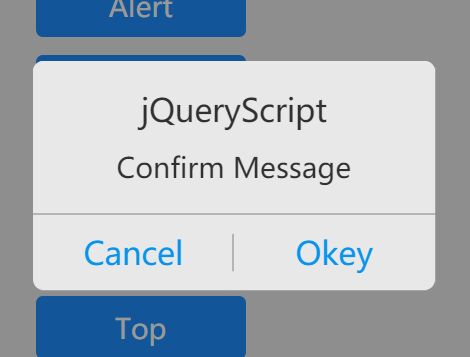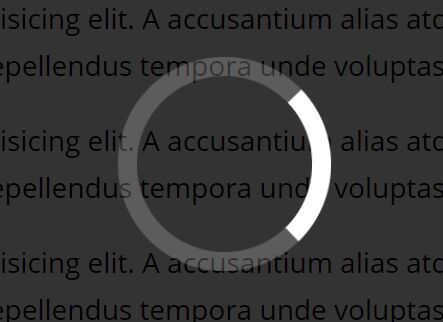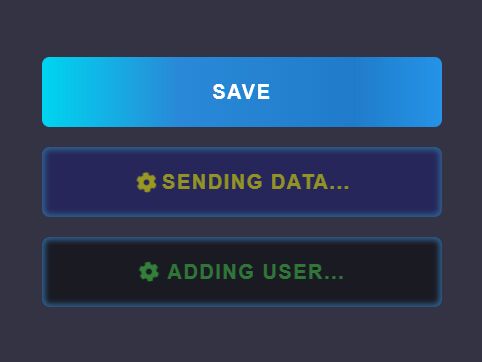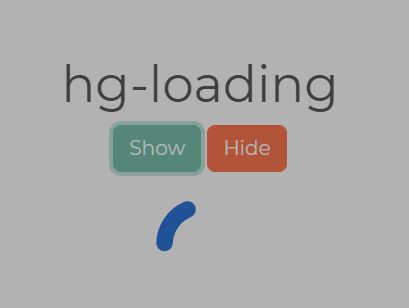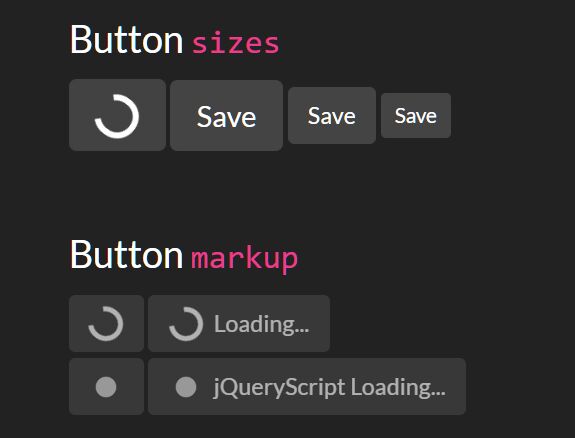What is LoadGo?
LoadGo is a Javascript plugin that allows you to create a progress bar using your own images.
-
Perfect for logo animation when user is waiting for something to be loaded (a website, retrieving information, updating status, etc.)
-
It creates an overlay above your
imgelement and simulates a loading process using dimension changes. -
Tested up in IE 9, IE 10, IE Edge, Google Chrome and Mozilla Firefox.
LoadGo for Wordpress
LoadGo is also available for Wordpress as a plugin called LoadGo for WP. This plugin uses PACE to track your page loading progress, and uses LoadGo to display a logo with this progress.
-
Official Wordpress link: https://wordpress.org/plugins/loadgo-for-wp/
Breaking changes
Since 2.2 version, LoadGo now wraps the image on a div element, then add the overlay as the first sibling of the image following this template:
<div class="loadgo-container"> <image src="logo.png" class="..." style="..." /> <div class="loadgo-overlay" style="..." /> </div> This change makes easy for the plugin to calculate overlay's dimension and position. Make sure that your CSS rules like div > img are applied correctly.
For example, if you have html and CSS like these:
<style> .image-container > img { margin: 0 auto; } </style> <div class="image-container"> <img src="logo.png" /> </div> You should change it to this:
<style> div > div > img { margin: 0 auto; } </style> <div class="image-container"> <img src="logo.png" /> </div> Or even better, assign a CSS class and forget about >:
<style> .my-image { margin: 0 auto; } </style> <div class="image-container"> <img src="logo.png" class="my-image" /> </div> Changelog
2.2.1 - Latest release (16-04-2017)
- Code style
- Javascript: setProgress method now checks if element exists.
- Added Gruntfile.
- Fixed Javascript examples.
2.2 - (23-06-2017)
- Added a new method:
destroy. - Added tests (more will be added in the future).
- Fix several bugs.
- LoadGo default template changed.
- Improved documentation.
- Javascript version improved.
- jQuery version improved.
2.1 - (12-04-2016)
- Fix bug with LoadGo jQuery version where 'left to right' direction was not working.
- Added some examples.
2.0 (02-04-2016)
- Pure Javascript version release: now you can use LoadGo plugin without jQuery.
- Fix overlay reposition bug when resizing window.
1.0.1 (02-11-2015)
- Fix for 'undefined' errors with newer jQuery versions.
1.0 (15-10-2015)
- First release.
Tests
Tests can be find under test/jquery folder for jQuery version tests, and test/javascript for pure Javascript version tests. Just open their index.html file in your browser and all tests should be executed sucessfully.
Tests are done using Mocha.
How to use LoadGo
-
If you are using jQuery, you have to include it BEFORE LoadGo. It works with
jQuery >= 1.11.2. -
If you are not using jQuery, just include LoadGo pure Javascript version and start using it.
Production environment (CDN)
(17-Oct-2015) LoadGo is now hosted on cdnjs, so you can link it directly. Thanks so much to cdnjs team for their quickly response! (issue#5927)
<!-- If you use jQuery --> <script type="text/javascript" src="https://cdnjs.cloudflare.com/ajax/libs/LoadGo/2.2.1/loadgo.min.js"></script> <!-- If you don't use jQuery --> <script type="text/javascript" src="https://cdnjs.cloudflare.com/ajax/libs/LoadGo/2.2.1/loadgo-nojquery.min.js"></script> Development environment
-
Download LoadGo from this link or clone it from GitHub
-
Uncompress it (if zipped) and copy LoadGo folder into your JS scripts.
-
Insert the following code in your webpage:
<!-- If you use jQuery --> <script type="text/javascript" src="loadgo/loadgo.js"></script> <!-- If you don't use jQuery --> <script type="text/javascript" src="loadgo/loadgo-nojquery.js"></script> You can also use the minified version:
<!-- If you use jQuery --> <script type="text/javascript" src="loadgo/loadgo.min.js"></script> <!-- If you don't use jQuery --> <script type="text/javascript" src="loadgo/loadgo-nojquery.min.js"></script> LoadGo needs fully loaded images in order to read its dimensions properly. If you are not sure when this is going to happen, you can use this piece of code with each image:
// jQuery $("#my-image").load(function() { $('#my-image').loadgo(); }).each(function() { if(this.complete) $(this).load(); }); // Javascript var image = document.getElementById("my-image"); image.onload = function () { Loadgo.init(this); }; Examples
You can check for examples on:
- LoadGo Official Site
- /examples folder.
Documentation
Introduction
LoadGo is a plugin which provides you a better way to keep your users updated about a loading process. Some uses cases may be:
- User uploads a file to your server.
- System is converting a file to PDF.
- Current page is loading.
To do this, LoadGo wraps your image into a div, and add an overlay inside this wrapper. Then, it will change overlay's dimensions when setting a progress to simulate a loading behaviour.
This plugin does not control asynchronous behaviour for your loading process, so you have to do that by yourself in your app.
LoadGo will work only on img elements given by id. For example, this will work:
// HTML <div> <img id="logo" src="logo.png" alt="Logo" /> </div> // jQuery $('#logo').loadgo(); // Javascript Loadgo.init(document.getElementById('logo')); But this will not work:
// HTML <div> <img src="logo.png" alt="Logo" class="logo" /> </div> <div> <img src="logo.png" alt="Logo" class="logo" /> </div> // jQuery $('.logo').loadgo(); // Javascript Loadgo.init(document.getElementByClass('logo')); Initialization
LoadGo needs to be initialized in a img element before use.
// jQuery $('#logo').loadgo(); // javascript Loadgo.init(document.getElementById('logo')); Now, you are capable of set and simulate a progress. LoadGo have methods and a couple of options which will help you.
LoadGo also applies an empty CSS class to the overlay called loadgo-overlay in case that you want to implement your own resize function or some other advanced features.
Options
| Name | Type | Default | Description |
|---|---|---|---|
bgcolor | String | #FFFFFF | Background color for the overlay in hexadecimal or RGB. |
opacity | Number | 0.5 | Overlay transparency. |
animated | Boolean | true | true if CSS animations are enable when using setprogress, false otherwise. Have in mind that Internet Explorer does not support CSS transitions. |
image | String | null | Image url to be used if you want a background image instead of a simple color. This option disables bgcolor option. |
class | String | null | CSS class which will be applied to the overlay. Make sure that all looks good because some CSS options could invalidate other LoadGo plugin CSS options. |
resize | Function | Custom | LoadGo provides a function which automatically resizes its overlay by default, but you can use your own. |
direction | String | lr | Animation direction. Possible values: lr (left to right), rl (right to left), bt (bottom to top), tb (top to bottom). |
filter | String | null | CSS image filter according to CSS filter property. Possible values: blur, grayscale, sepia, hue-rotate, invert, opacity. |
Methods
Get / Set options
$element.loadgo('options', <options>) | Loadgo.options(<element>, <options>)
Get/Set plugin options. When setting options, the parameter must be a JSON object. This is specially useful if element is already initiate, and you want to change properties dynamically based on your app's logic.
// jQuery - Get current options $('#logo').loadgo('options'); // Javascript - Get current options Loadgo.options(document.getElementById('logo')); // jQuery - Set options $('#logo').loadgo('options', { direction: 'bt' }); // Javascript - Set options Loadgo.options(document.getElementById('logo'), { direction: 'bt' }); Set progress
$element.loadgo('setprogress', <number>) | Loadgo.options(<element>, <number>)
Set progress number to loading overlay. This number must be between 0 and 100.
// jQuery $('#logo').loadgo('setprogress', 50); // Javascript Loadgo.setprogress(document.getElementById('logo'), 50); Reset progress
$element.loadgo('resetprogress') | Loadgo.resetprogress(<element>)
Reset current progress. This is really useful when you are using the same element for multiple loads, and you need to reset all before starting a new one.
// jQuery $('#logo').loadgo('resetprogress'); // Javascript Loadgo.resetprogress(document.getElementById('logo')); Get progress
$element.loadgo('getprogress') | Loadgo.getprogress(<element>)
Get current progress. This number will be between 0 and 100.
// jQuery $('#logo').loadgo('getprogress'); // Javascript Loadgo.getprogress(document.getElementById('logo')); Start loop
$element.loadgo('loop', <number>) | Loadgo.loop(<element>, <number>)
Sets overlay to loop indefinitely until stopped. This is useful for situations where you have no way of measuring the progress. This method accepts a duration (ms) parameter to customize animation speed.
// jQuery $('#logo').loadgo('loop', 10); // Javascript Loadgo.loop(document.getElementById('logo'), 10); Stop loop
$element.loadgo('stop') | Loadgo.stop(<element>)
Stops the loop previously initiated with loop method and shows the full image. Since loops are indefinite we need to use this method to manually stop it.
// jQuery $('#logo').loadgo('stop'); // Javascript Loadgo.stop(document.getElementById('logo')); Destroy
$element.loadgo('destroy') | Loadgo.destroy(<element>)
Removes all plugin properties and restore everything. This method will also removes div elements created (loadgo-container and loadgo-overlay), so make sure that you are not using them for anything else before calling destroy.
// jQuery $('#logo').loadgo('destroy'); // Javascript Loadgo.destroy(document.getElementById('logo')); Real example
In your webpage, you are using a jQuery plugin like Uploadify to give your users a way to upload files to you page (for example: update his/her web avatar). Most of these plugins provide events like onUploadStart, onUploadProgress or onUploadComplete. These events have variables which give you a lot of information about your current load progress (file size, current uploaded bytes, etc).
You can use this information with LoadGo to update logo overlay like this:
// Set LoadGo on your Logo $('#logo').loadgo(); // Set Uploadify on your upload input $('#uploadinput').uploadify({ // init options... onUploadStart: function (event) { // Upload is going to start, so we need to reset loadgo $('#logo').loadgo('resetprogress'); }, onUploadProgress: function (event) { // We receive some bytes on our upload and update loadgo progress, // but first, we should calculate total uploaded percentage var p = event.bytesLoaded / event.bytesTotal; $('#logo').loadgo('setprogress', p); }, onUploadComplete: function (event) { // Upload complete } }); LoadGo is under MIT License. Feel free to download, modify and adapt it to your own purposes. If you find any bug, send a pull request or write an issue.
Credits
Say hello! :)
Fran Verona


